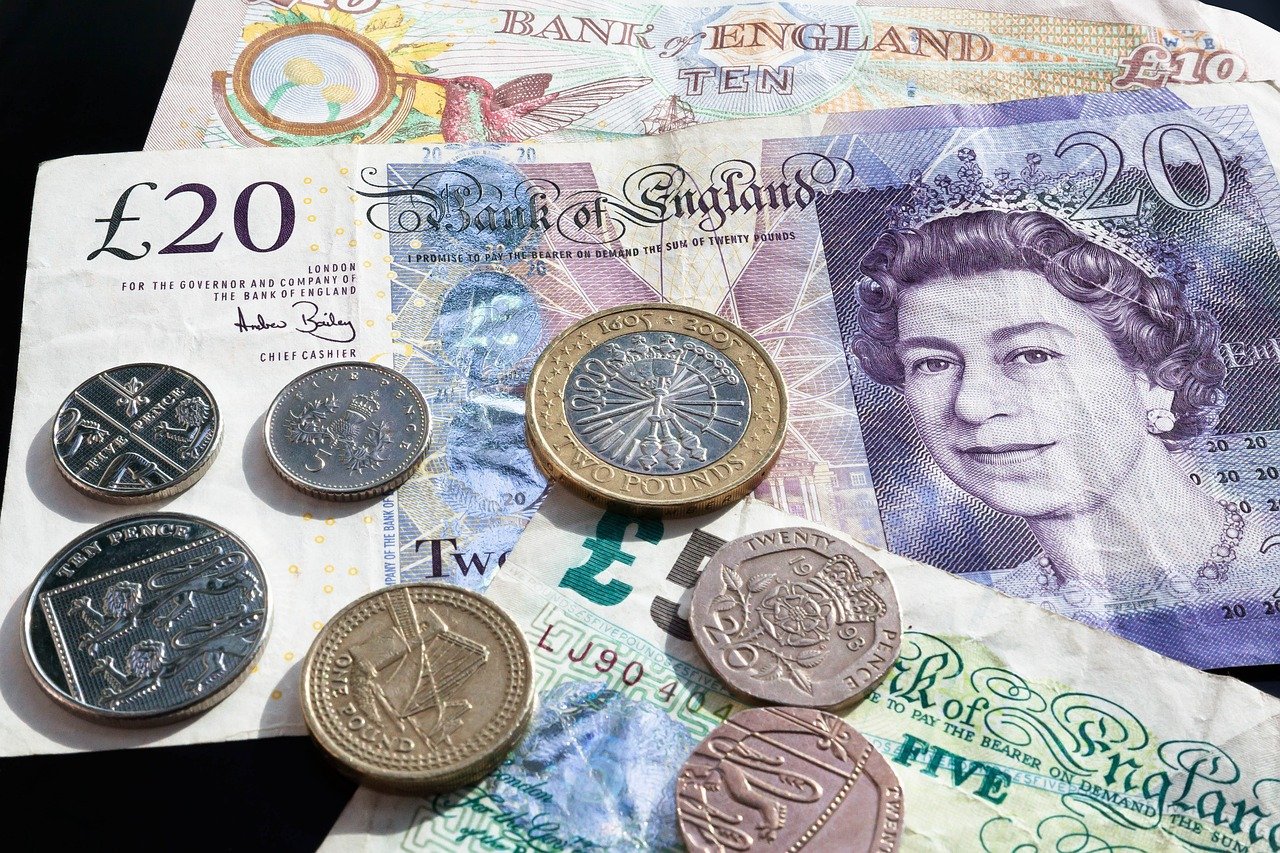US Dollar on Weak Footing as Markets Focus on Central Bank Speak

Forex Today: US Dollar on Weak Footing as Markets Focus on Central Bank Speak
The US Dollar (USD) started the final trading day of the third quarter under pressure, struggling to find demand amid mixed economic data and growing anticipation of central bank commentary. As the markets gear up for speeches from key Federal Reserve (Fed) policymakers, including Chairman Jerome Powell, traders are paying close attention to economic indicators that could provide insight into future monetary policy decisions.
Several key events across global markets, including Consumer Price Index (CPI) data from Germany and manufacturing reports from China, are also influencing currency movements. Additionally, the US stock futures point to a marginally lower opening, further highlighting the cautious mood among investors.
US Dollar Struggles Amid Weak Economic Data and Fed Commentary
The US Dollar Index (DXY), which tracks the USD against a basket of major currencies, turned bearish on Friday, hitting its lowest level in over a year at 100.15. This weakness was primarily driven by softer-than-expected inflation data from the US, specifically the core Personal Consumption Expenditures (PCE) Price Index, which rose by just 0.1% in August—below the market expectation of 0.2%. As a result, the US Dollar remained on the back foot, with the index staying below 100.50 early Monday.
Federal Reserve’s Dovish Tone Weighs on the Dollar
Several Federal Reserve policymakers are scheduled to speak on Monday, and their remarks are expected to influence the market’s perception of the Fed’s future rate hike trajectory. Fed Chairman Jerome Powell is set to participate in a moderated discussion at the National Association for Business Economics Annual Meeting, where investors will be closely monitoring his comments for any signs of a shift in the Fed’s outlook on inflation and interest rates.
Earlier in the day, Fed Governor Michelle Bowman is also expected to deliver a speech, and her views on inflation and economic growth could provide additional insight into the Fed’s policy stance. Given the recent softer-than-expected inflation data, market participants are speculating that the Fed may adopt a more dovish tone, potentially delaying further interest rate hikes or even considering rate cuts shortly.
Core PCE Data Highlights Softer Inflation
The key inflation indicator that traders were watching last week was the core PCE Price Index, which rose by just 0.1% month-over-month in August, marking a slowdown in price pressures. This data reinforced the view that inflation may be cooling, reducing the urgency for the Fed to raise rates aggressively. As a result, the USD’s appeal has waned, with the currency struggling to recover from its recent losses.

Global Economic Data: China, Australia, and the UK in Focus
In addition to the US, several other major economies released important economic data on Monday, influencing the movement of their respective currencies. China, Australia, and the UK were particularly in focus, with each nation presenting unique challenges and opportunities for traders.
China’s Economic Data Shows Continued Slowdown
China’s manufacturing and services sectors continued to show signs of weakness, according to the latest data released on Monday. The Caixin Manufacturing PMI for September fell to 49.3, down from 50.4 in August, signaling a contraction in manufacturing activity. Similarly, the Caixin Services PMI edged lower to 50.3 from 51.6 in the previous month, indicating slower growth in the services sector.
In an effort to combat the economic slowdown, the People’s Bank of China (PBoC) is reportedly planning to lower mortgage rates for existing home loans by October 31. This move is part of China’s broader strategy to support the struggling property sector and stimulate economic growth. Despite these efforts, the weak PMI data points to continued challenges for the Chinese economy, which could weigh on global risk sentiment in the coming weeks.
Australia’s Business Confidence Improves
In contrast to China, Australia’s economic outlook brightened on Monday, as the ANZ Business Confidence Index surged to 60.9 in September from 50.6 in August. This improvement reflects growing optimism among Australian businesses, buoyed by stronger domestic demand and a more stable global economic environment. The Australian Dollar (AUD) responded positively to the upbeat data, with the AUD/USD pair rising to its highest level since February 2023, trading above 0.6900.
UK Revises GDP Growth Lower
The UK’s Office for National Statistics revised its estimate for second-quarter GDP growth down to 0.7%, from the previously reported 0.9%. Despite the downward revision, the British Pound (GBP) managed to hold onto modest gains, with GBP/USD trading just below 1.3400. The revised GDP figure underscores the UK’s ongoing economic challenges, particularly as the country grapples with high inflation and weak consumer demand.
Key Currency Movements
As traders digest the latest economic data and central bank commentary, several major currency pairs are exhibiting notable movements, driven by both domestic factors and global risk sentiment.
USD/JPY Continues to Decline
After a sharp drop on Friday, where USD/JPY lost more than 1.5% on a daily basis, the pair continued to edge lower on Monday, nearing the 142.00 level. The Japanese Yen (JPY) has been gaining ground amid growing speculation of a snap election in Japan. Over the weekend, various Japanese media outlets reported that incoming Prime Minister Shigeru Ishiba is considering holding a snap election on October 27, which could lead to the dissolution of parliament by October 9. The political uncertainty is boosting demand for the safe-haven Yen, pushing USD/JPY lower.
EUR/USD Trades in a Narrow Range
The EUR/USD pair has been relatively quiet in early European trading, fluctuating in a narrow range above 1.1150. With Germany’s CPI data set to be released later in the day, traders are awaiting further clarity on the inflation outlook for the Eurozone’s largest economy. In the meantime, the Euro has managed to hold its ground against the weakened US Dollar, supported by expectations of continued hawkishness from the European Central Bank (ECB).
Gold Holds Steady Amid Cautious Market Sentiment
After reaching a new all-time high above $2,680 last Thursday, gold prices registered modest losses on Friday. However, XAU/USD has since stabilized and is trading in a tight range above $2,650 early Monday. With the USD on weak footing and geopolitical risks lingering, gold remains an attractive safe-haven asset, particularly as traders brace for speeches from key Fed officials later in the day.
Conclusion: All Eyes on Central Bank Commentary
As the US Dollar remains under pressure, markets are focusing on upcoming speeches from Federal Reserve policymakers, including Chairman Jerome Powell. With inflation data showing signs of cooling and global economic risks still elevated, traders are keen to hear any hints of future monetary policy moves. Meanwhile, economic data from China, Australia, and the UK are contributing to the broader market narrative, influencing currency movements and shaping risk sentiment.
With central bank commentary expected to dominate the headlines, traders will be closely monitoring the USD’s response, as well as movements in key currency pairs like USD/JPY, EUR/USD, and GBP/USD. As the final trading day of the third quarter unfolds, uncertainty remains the dominant theme, with gold prices holding steady as a safe-haven option for cautious investors.








